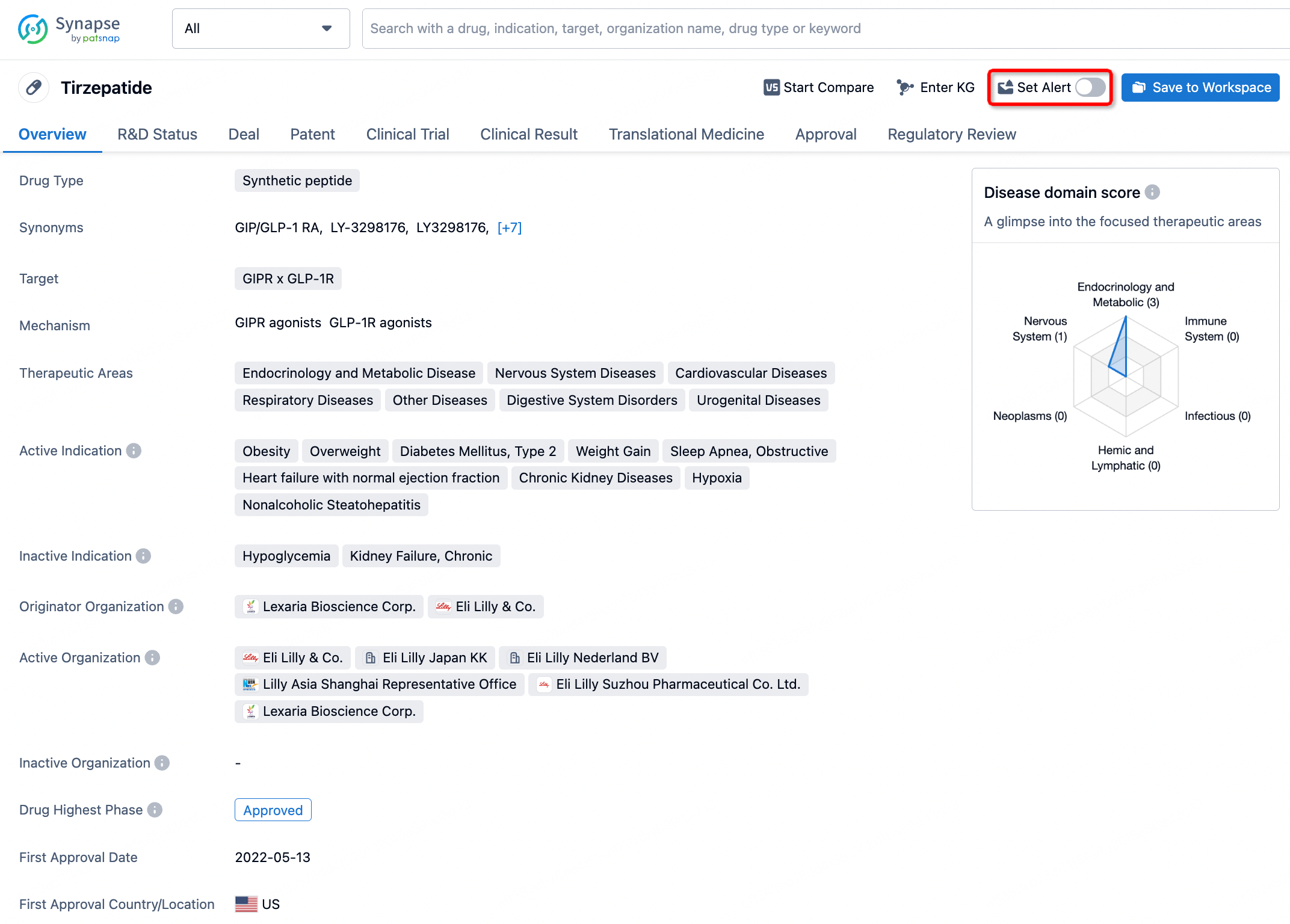Request Demo
What are the side effects of Antipyrine?
12 July 2024
Antipyrine, also known as phenazone, is a medication primarily used as an analgesic and antipyretic. It is often found in ear drops to relieve pain and inflammation in the ear. While generally effective, antipyrine can produce various side effects. Understanding these potential side effects is crucial for anyone considering its use or currently using it.
One of the common side effects of antipyrine is local irritation, especially when applied topically. This can manifest as redness, itching, or a burning sensation at the site of application. These symptoms are usually mild and subside after discontinuing use. However, if the irritation persists or worsens, it's advisable to consult a healthcare provider.
Allergic reactions are another concern. Hypersensitivity to antipyrine can result in symptoms like rash, hives, or swelling, particularly of the face, lips, or throat. Severe allergic reactions may also cause difficulty breathing, which requires immediate medical attention. It's essential to be aware of any personal allergies to medications like antipyrine before starting treatment.
Gastrointestinal disturbances are possible, although less common. These include nausea, vomiting, and stomach pain. Such symptoms usually occur when antipyrine is ingested rather than applied topically. If gastrointestinal issues arise, it might be necessary to stop using the medication and consult a healthcare provider for alternative treatments.
Prolonged use of antipyrine, especially in high doses, can potentially impact the central nervous system. Symptoms like dizziness, headache, and even confusion have been reported. These effects are generally reversible once the medication is discontinued. However, any persistent neurological symptoms should be evaluated by a healthcare professional.
Blood disorders, though rare, can also occur. Antipyrine can affect the blood, leading to conditions such as leukopenia (a reduction in white blood cells) or thrombocytopenia (a reduction in platelets). Symptoms might include frequent infections, unexplained bruising, or bleeding. Regular monitoring through blood tests may be necessary for individuals on long-term antipyrine therapy.
Liver function can be impacted by antipyrine as well. Elevated liver enzymes, jaundice, and other signs of liver dysfunction have been reported in some cases. Symptoms like yellowing of the skin or eyes, dark urine, and severe fatigue might indicate liver issues and should prompt immediate medical evaluation.
In summary, while antipyrine is effective for pain and inflammation, it is not without potential side effects. Local irritation, allergic reactions, gastrointestinal disturbances, central nervous system impacts, blood disorders, and liver dysfunction represent the spectrum of possible adverse effects. Patients should use antipyrine under medical supervision and report any unusual or severe symptoms to their healthcare provider to ensure safe and effective treatment.
One of the common side effects of antipyrine is local irritation, especially when applied topically. This can manifest as redness, itching, or a burning sensation at the site of application. These symptoms are usually mild and subside after discontinuing use. However, if the irritation persists or worsens, it's advisable to consult a healthcare provider.
Allergic reactions are another concern. Hypersensitivity to antipyrine can result in symptoms like rash, hives, or swelling, particularly of the face, lips, or throat. Severe allergic reactions may also cause difficulty breathing, which requires immediate medical attention. It's essential to be aware of any personal allergies to medications like antipyrine before starting treatment.
Gastrointestinal disturbances are possible, although less common. These include nausea, vomiting, and stomach pain. Such symptoms usually occur when antipyrine is ingested rather than applied topically. If gastrointestinal issues arise, it might be necessary to stop using the medication and consult a healthcare provider for alternative treatments.
Prolonged use of antipyrine, especially in high doses, can potentially impact the central nervous system. Symptoms like dizziness, headache, and even confusion have been reported. These effects are generally reversible once the medication is discontinued. However, any persistent neurological symptoms should be evaluated by a healthcare professional.
Blood disorders, though rare, can also occur. Antipyrine can affect the blood, leading to conditions such as leukopenia (a reduction in white blood cells) or thrombocytopenia (a reduction in platelets). Symptoms might include frequent infections, unexplained bruising, or bleeding. Regular monitoring through blood tests may be necessary for individuals on long-term antipyrine therapy.
Liver function can be impacted by antipyrine as well. Elevated liver enzymes, jaundice, and other signs of liver dysfunction have been reported in some cases. Symptoms like yellowing of the skin or eyes, dark urine, and severe fatigue might indicate liver issues and should prompt immediate medical evaluation.
In summary, while antipyrine is effective for pain and inflammation, it is not without potential side effects. Local irritation, allergic reactions, gastrointestinal disturbances, central nervous system impacts, blood disorders, and liver dysfunction represent the spectrum of possible adverse effects. Patients should use antipyrine under medical supervision and report any unusual or severe symptoms to their healthcare provider to ensure safe and effective treatment.
How to obtain the latest development progress of all drugs?
In the Synapse database, you can stay updated on the latest research and development advances of all drugs. This service is accessible anytime and anywhere, with updates available daily or weekly. Use the "Set Alert" function to stay informed. Click on the image below to embark on a brand new journey of drug discovery!
AI Agents Built for Biopharma Breakthroughs
Accelerate discovery. Empower decisions. Transform outcomes.
Get started for free today!
Accelerate Strategic R&D decision making with Synapse, PatSnap’s AI-powered Connected Innovation Intelligence Platform Built for Life Sciences Professionals.
Start your data trial now!
Synapse data is also accessible to external entities via APIs or data packages. Empower better decisions with the latest in pharmaceutical intelligence.


